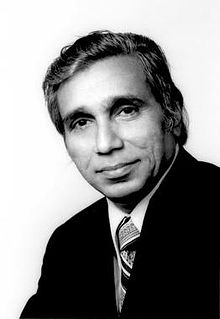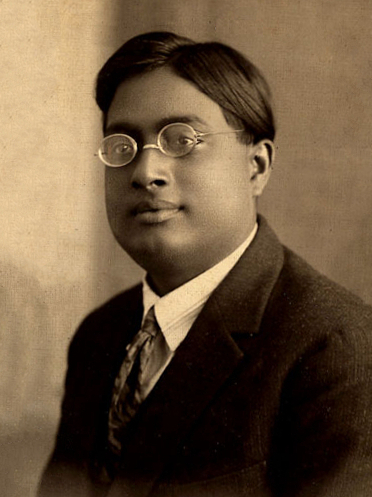
Fazlur Rahman Khan (Bengali: ফজলুর রহমান খান) (3 April 1929 – 27 March 1982) was a Bangladeshi-American structural engineer and architect, who initiated important structural systems for skyscrapers. Considered the "father of tubular designs" for high-rises, Khan was also a pioneer in computer-aided design (CAD). He was the designer of the Sears Tower, since renamed Willis Tower, the tallest building in the world from 1973 until 1998, and the 100-story John Hancock Center.
Fazlur Rahman Khan was born on 3 April 1929 in British-ruled India, later East Pakistan, which is now Bangladesh.[12] He was brought up in the village of Bhandarikandii, in the Faridpur District near Dhaka. His father Abdur Rahman Khan was a high school mathematics teacher and textbook author. He eventually became the Director of Public Instruction in the region of Bengal and after retirement served as Principal of Jagannath College, Dhaka. (Wiki https://en.wikipedia.org/wiki/Fazlur_Rahman_Khan )

Satyendra Nath Bose, (Bengali: সত্যেন্দ্রনাথ বসু) (1 January 1894 – 4 February 1974) was an Indian physicist specialising in theoretical physics. He is best known for his work on quantum mechanics in the early 1920s, providing the foundation for Bose–Einstein statistics and the theory of the Bose–Einstein condensate. A Fellow of the Royal Society, he was awarded India's second highest civilian award, the Padma Vibhushan in 1954 by the Government of India. The class of particles that obey Bose–Einstein statistics, bosons, was named after Bose by Paul Dirac. A self-taught scholar and a polymath, he had a wide range of interests in varied fields including physics, mathematics, chemistry, biology, mineralogy, philosophy, arts, literature, and music. He served on many research and development committees in sovereign India. (Wiki https://en.wikipedia.org/wiki/Satyendra_Nath_Bose )